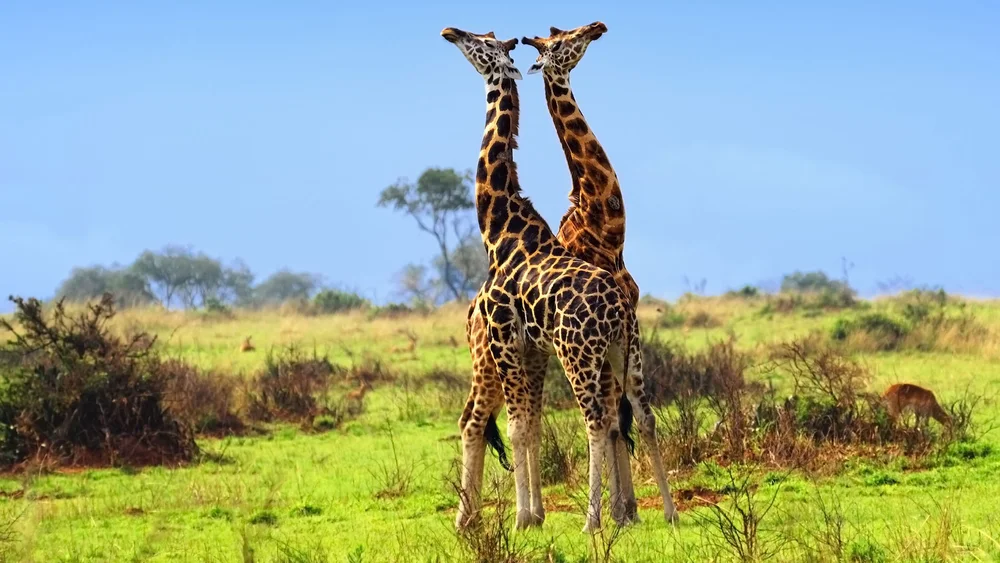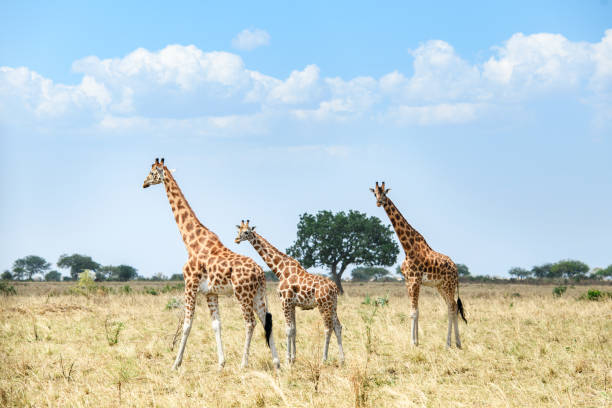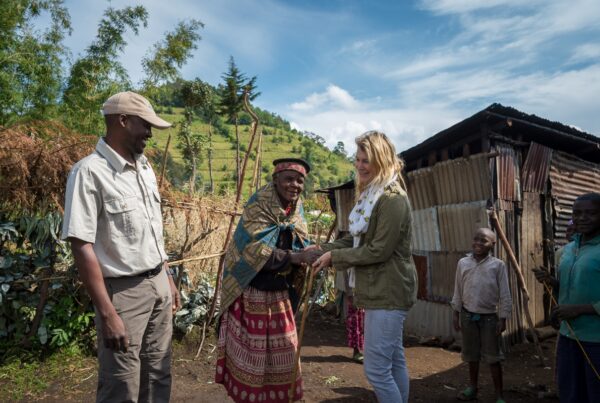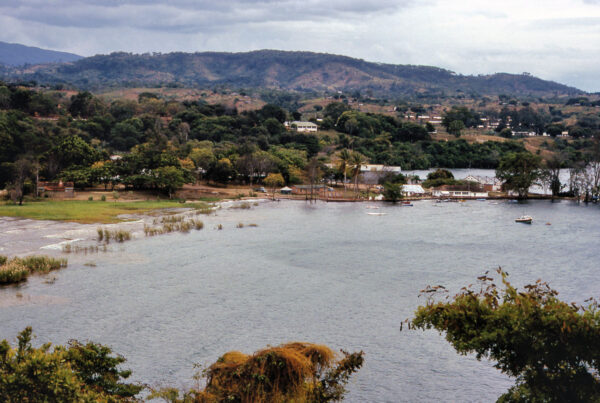Photography Safari in Kidepo: Capturing Untamed Wilderness
Where the Lens Meets the Wild
There are destinations where nature is observed, and then there are those where it is immortalized through the lens. Among Africa’s most treasured yet remote safari destinations, Kidepo Valley National Park in Uganda rises as a true paradise for photographers. It is not only the diversity of wildlife that captures the imagination but also the sheer grandeur of landscapes, the vibrant culture of the people who inhabit its fringes, and the rare solitude that allows every frame to feel untouched and authentic.
In the far northeast of Uganda, away from the crowds that dominate the well-trodden parks of East Africa, Kidepo lies in majestic isolation. Here, photographers are not merely visitors but participants in a dialogue with untamed wilderness. Each sunrise paints the savannah in gold, each herd of elephants moves like a living mural, and each bird takes flight as if orchestrated for the waiting lens. The photography safari in Kidepo is thus more than a journey; it is an act of preservation, a way of ensuring that fleeting moments in the wild are captured, remembered, and shared with the world.
The Remote Allure of Kidepo
The remoteness of Kidepo Valley National Park adds a rare and powerful dimension to wildlife photography. While places such as the Serengeti or Maasai Mara receive thousands of visitors every season, Kidepo remains relatively untouched, its valleys echoing with the sounds of wildlife rather than the hum of tourist convoys. This solitude ensures that every photograph feels pure, uncontaminated by crowds or contrived encounters.
The park spans 1,442 square kilometers, stretching across the Narus and Kidepo Valleys, bordered by rugged mountain ranges and crisscrossed by seasonal rivers. From a photographic standpoint, this variety of topography presents endless opportunities: golden grasslands for wide-angle landscape shots, riverbeds for intimate wildlife encounters, and mountain silhouettes for dramatic sunset frames.
Isolation has long been considered a challenge for accessibility, but for the photographer, it becomes a gift. With few others sharing the park, every angle feels personal, every subject unhurried, and every composition crafted in silence.
Light and Landscape: A Photographer’s Canvas
The magic of Kidepo lies in its light and landscape, which combine to create a photographer’s dream. The sun rises early over the eastern highlands, casting long shadows across the plains and bathing the valleys in soft golden hues. These hours are considered the prime moments for photography, where the gentle light allows for the capture of textures in grass, the contours of mountains, and the subtle details of wildlife fur and feathers.
As the day progresses, the light grows harsher, but rather than diminishing opportunities, it opens another palette. Under the midday sun, the arid expanses of the Kidepo Valley glow with a stark brilliance, perfect for high-contrast images that emphasize the raw power of the African wilderness. By late afternoon, the Narus Valley once again softens into warm tones, and the descending sun paints the horizon with oranges and reds that transform every silhouette into a striking composition.
Photographers who venture out at night are rewarded with yet another masterpiece. With little light pollution, Kidepo’s skies reveal the Milky Way in astonishing clarity, allowing for dramatic astrophotography where the silhouettes of acacia trees stand against a canvas of stars.
Wildlife Through the Lens
No photography safari in Kidepo can be spoken of without reference to its remarkable wildlife. The park is home to over 80 species of mammals, many of which are not easily found elsewhere in Uganda. For photographers, this means an opportunity to capture rare and extraordinary subjects.
The African elephant, often encountered in large herds, becomes a central figure, its sheer size and majesty filling the frame. Buffalo, numbering in their thousands, sweep across the plains like living rivers, their movements best captured in wide-angle shots that emphasize both scale and density. Lions, frequently seen resting under acacias or surveying the Narus Valley, present moments of dramatic stillness, their golden eyes piercing through the lens with a quiet intensity.
Perhaps the most treasured photographic subject in Kidepo is the cheetah, which is uniquely found in this region of Uganda. Its speed, grace, and rarity make every sighting a prized opportunity, though patience and readiness are essential to capture its elusive movements. Other predators, including leopards and hyenas, add depth to the photographic narrative, while giraffes, zebras, and hartebeests lend elegance and rhythm to the visual story of the savannah.
The birdlife is equally compelling, with over 470 recorded species. The ostrich, absent from most other Ugandan parks, struts across the plains in regal fashion, while the Kori bustard, Africa’s heaviest flying bird, challenges photographers to capture its grandeur in flight. Eagles, vultures, and colorful bee-eaters provide opportunities for both action photography and artistic compositions that celebrate avian diversity.
The Human Element: Portraits of Culture
While wildlife and landscapes dominate the lens in Kidepo, the human element adds profound depth to the photographic journey. The Karamojong people, pastoralists who inhabit the lands surrounding the park, present an opportunity for cultural photography that complements the wilderness imagery.
Their traditional attire, adorned with beads, spears, and vibrant fabrics, provides striking contrasts against the muted tones of the savannah. Manyattas, the traditional homestead structures, frame daily life in patterns that are both visually appealing and culturally significant. Portraits of elders, herders, and children capture not only faces but also centuries of resilience and tradition.
Photographers must approach these moments with respect and sensitivity, ensuring that their images honor the dignity and heritage of the Karamojong. When done with care, these photographs become more than visual records; they transform into bridges of understanding between cultures.
Techniques for the Untamed
Photographing Kidepo requires both technical skill and creative vision. The constantly shifting light demands careful control of exposure, while the unpredictability of wildlife insists on quick reflexes and readiness. Telephoto lenses are essential for intimate animal portraits, while wide-angle lenses are indispensable for capturing the grandeur of landscapes and herds.
The dusty environment challenges equipment, requiring protective covers and frequent cleaning to ensure clarity. Patience becomes the most valuable tool, as the best images often arise from hours of quiet observation rather than hurried pursuit. The unique topography of Kidepo, from its sweeping plains to its dramatic escarpments, calls for experimentation with composition, angles, and depth, ensuring that every frame reflects both the majesty of the subject and the character of its surroundings.
Seasons of Opportunity
A photography safari in Kidepo is profoundly shaped by the seasons, each offering distinct opportunities for the lens. During the dry season, which stretches from September to March, wildlife congregates around the remaining water sources, making encounters frequent and concentrated. The dry grasslands take on golden tones, which frame animals against backgrounds of striking clarity.
In the wet season, from April to August, the park is transformed into a lush green paradise. Dramatic skies filled with clouds, vibrant vegetation, and the presence of migratory birds expand photographic subjects. While roads may become more challenging, the photographic rewards include a richness of color and atmosphere unmatched at any other time of year.
Both seasons, therefore, hold value, and the choice of timing depends on whether one seeks the stark drama of survival in the dry months or the lush vibrancy of renewal during the rains.
The Solitude Advantage
Perhaps the greatest gift to photographers in Kidepo is the solitude. Unlike other renowned parks where dozens of vehicles crowd around a single predator, Kidepo offers encounters in near silence. The photographer becomes immersed in the scene without distraction, able to wait for the perfect light, angle, or expression without interruption.
This solitude allows for creativity to flourish. Landscapes can be photographed without intrusion, wildlife can be documented in its natural behavior, and cultural encounters can be approached with authenticity. The absence of mass tourism transforms each photograph into a personal dialogue between the photographer and the subject, unmediated by the presence of others.
Beyond the Lens: Emotional Impact
While photographs capture the visual essence of Kidepo, the experience of creating them leaves a profound emotional imprint. Each image carries the memory of silence, the sound of rustling grass, the distant call of a bird, or the gaze of an animal meeting the lens. In this way, photography becomes not merely an act of recording but an act of connection.
The road to Kidepo, the patience required within its valleys, and the respect demanded by its culture ensure that each photograph is earned. The resulting portfolio is not simply a collection of images but a narrative of discovery, solitude, and reverence for one of Africa’s last truly untamed wildernesses.
Framing the Untamed
A photography safari in Kidepo Valley National Park is an experience unlike any other. It combines the grandeur of landscapes, the thrill of wildlife, the vibrancy of culture, and the rare gift of solitude into a journey that resonates both visually and emotionally. Each image taken here tells a story—not just of what was seen, but of what was felt, endured, and cherished.
For those who seek to capture the untamed wilderness of Africa in its purest form, Kidepo stands as the ultimate destination. The road may be long, the conditions demanding, but the rewards are timeless. Every frame becomes a window into Uganda’s wild north, a testimony to its beauty and resilience.
To ensure that this once-in-a-lifetime journey is lived and captured with ease, professionalism, and authenticity, it is highly recommended that travelers book their Africa tours and safaris with WildHorn Africa, whose expertise and dedication transform the challenge of Kidepo into a seamless and unforgettable adventure.





 WildHorn Africa – Authentic and unforgettable tours across Africa, guided by local experts who know the land, wildlife, and culture best.
WildHorn Africa – Authentic and unforgettable tours across Africa, guided by local experts who know the land, wildlife, and culture best.


